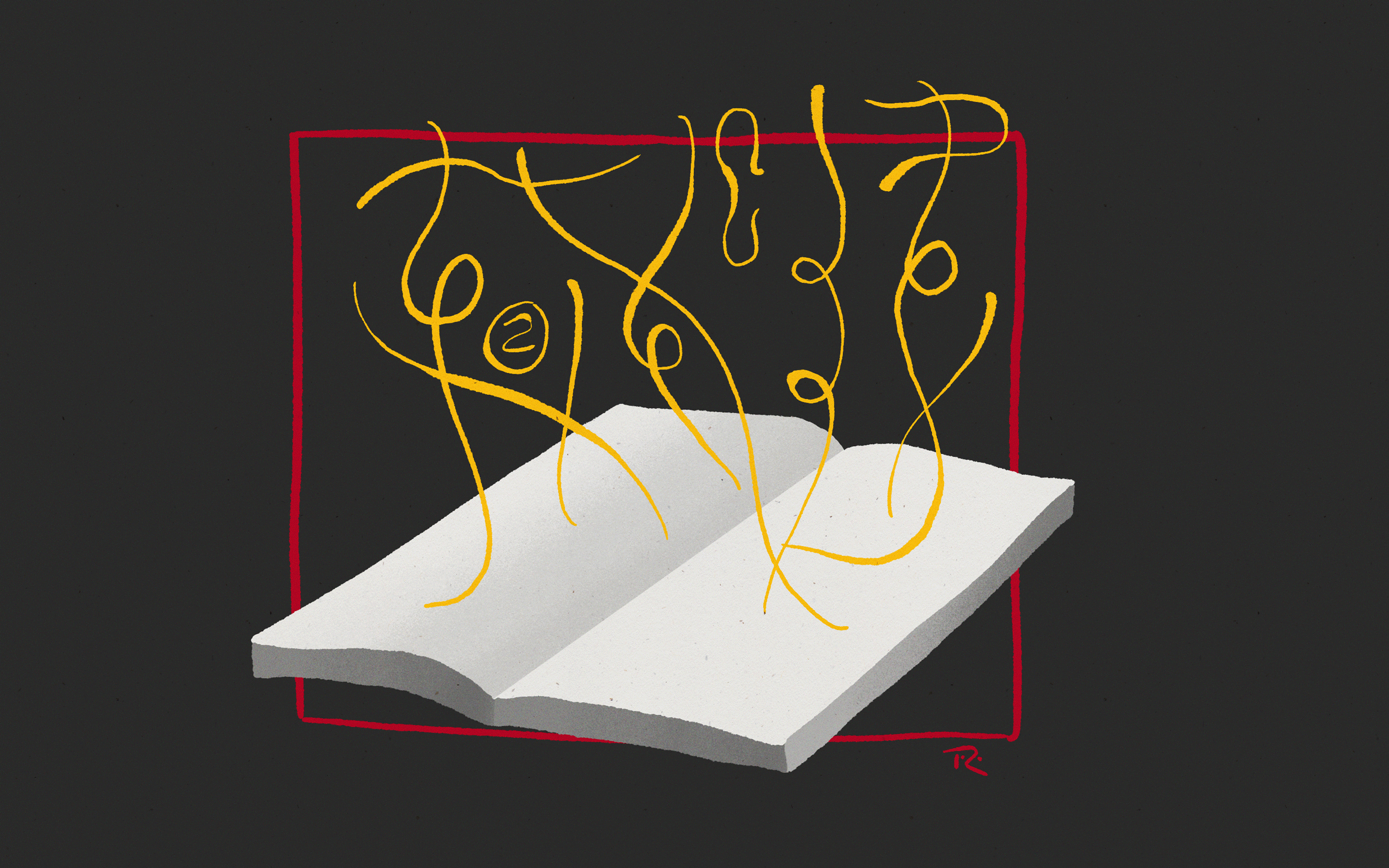A little faith in magic, maybe spirituality, is a great way to connect with yourself, and explore the mysteries of this universe.
Are science and faith at odds?
Some would say that science and faith are polar opposites, others say that science is a form of faith.
This idea stumped me. Is magic (anything in the realm of mystical, religious, or faith-based that we can’t verify with evidence) at odds with what we know about the natural world (scientific discovery)? While magic and faith share characteristics, they’re not quite the same.
Faith is an ingredient in magic. Faith is also an ingredient in science.
Magic and science, in these terms, are not directly connected, but share a relationship through continuity. Faith touches both magic and science, which got me thinking, do they share any other traits in common?
Let’s examine.
Curiosity of the unknown has driven many great minds to the craft of theorizing, experimenting, and documenting. This is, loosely, the world of science. The scientific method, in all its practicality, is a honed ritual.
Curiosities that can’t be captured and examined in our experiments, but persist in theory, have found their place in spiritual and religious methods, namely, the documenting and ritualizing of magic moments and experiences.
Evidence is the basis of all scientific purpose and discovery. Experiments must be unbiased and uninfluenced, and scientists go through great pains to accomplish this task. Scientists look for empirical evidence, that is, whatever they can observe with their five senses, to answer questions and confirm theories. Within the scientific world, there are some who rely on logic alone, skeptical of anything perceived through the senses. The principle is, if you can verify that 1 + 1 = 2 with basic deductive reasoning, not firsthand experience, then maybe you can verify other things without having to experience them too.
Meanwhile, in magic, evidence is understood in anecdote and intuition, rather than objective data collection. You cannot control, predict, or measure the setting wherein someone encounters God, or feels déjà-vu. This can lead to skepticism. But if we choose to limit ourselves only to that which we can verify with our senses, or with our logic, we’re left wholly unequipped to examine the mysteries that reach outside of the short net we cast into the abyss.
There are so many animals that enjoy a completely different experience of living in the world that we share, just because they have different senses to experience the world, and different brains that process those experiences. I’ve always wondered what it would be like to experience echolocation like bats, or send and receive empathic social messages like sperm whales.
When I think about it, our experiences are gathered from our five measly senses, and processed by our wee little three-pound brain — that’s pittens!
Take this example. I have seen swear-on-my-life, unexplainable, consistent magic with my own eyes. Truly. I experience it on a near-daily basis. It all comes from a book I own, “The Tao of Leadership,” which interprets the spiritual teachings of Chinese philosopher Lao Tzu, and marries them with modern psychology, thanks to the author, John Heider.
The 95-page book compiles the philosophies of the eastern religion Taoism that’s centered on the principle that Tao is a way of being. When you move in tandem with this principle, you move in harmony and are at one with the universe. “The Tao of Leadership” takes the principles of Tao and applies them to practical situations that a leader faces in group dynamics, the self, and the world at large.
When I look to the book for direction, I take it and ask a question that is plaguing me, like one does when reading tarot cards. I sit with the question for a moment. In the mindfulness practice, they call this a mindful pause. I open the book, and advice pours out. The words on the page are like the advice of a wise grandmother or a consoling friend — the kind of direction I’m in need of at that moment. It has yet to confuse or disappoint me.
Discovering this book has deepened my faith, curiosity, and calmed my skepticism of anything that doesn’t produce concrete evidence.
A point of reflection: have you ever had an experience, thought or feeling that deepened your appreciation for anecdotal evidence, and the experiences of other people, or even the experiences of animals, who perceive the world through different senses and different brains? Was this catalyst something you can explain or study through science?
It’s delicious to stoke a boundless curiosity usually reserved for children, and it’s been good for my health. The box has four walls. On the other side of the wall, there’s conversations with books, conversations with plants and animals, who knows what else?
Sharing this western culture that celebrates evidence, it’s likely that you, like me, believe in science. But my question to you is, do you believe in magic?
Feature graphic by Taylor Reddam
